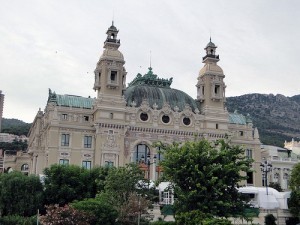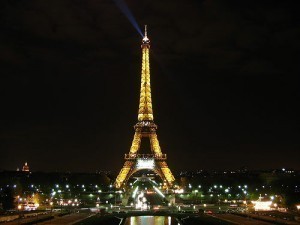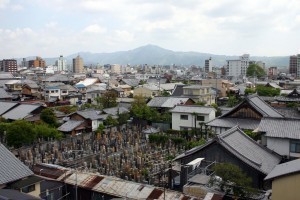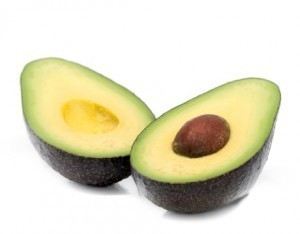How Big is Brazil?
The size of Brazil is 8,511,965 sq km in total. 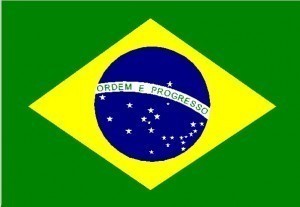 The land area is 8,456,510 sq km and the water area is 55,455 sq km. It is on the northeastern side of South America and the Atlantic Ocean. It is 86,65% the size of the US.
The land area is 8,456,510 sq km and the water area is 55,455 sq km. It is on the northeastern side of South America and the Atlantic Ocean. It is 86,65% the size of the US.
General Characteristics
Brazil’s geographical coordinates are 10 00 S, 55 00 W. The country is bordered by Colombia (1,644 km), Bolivia (3,423 km) and Argentina 1,261 km. Other countries on Brazil’s border are French Guiana, 730.4 km, Peru 2,995 km, Paraguay 1,365 km and Guyana 1,606 km. The border with Suriname is 583 km. With Uruguay it is 1,068 km while the border with Venezuela stretches for 2,200 km.
Maritime and Coastline Territory
The size of Brazil’s coastline is 7,491 km. The maritime claim is 12 nm and the contiguous zone is 24 nm. The exclusive economic zone is at 200 nm and the continental shelf is 200 nm.
Geographical Facts
The lowest point is 0 m and the peak elevation point is Pico da Neblina at 3,014 m. The irrigated land has been estimated at 29,200 sq km. In terms of land used, the permanent crops comprise 0.89%. The arable area is 6.93%.
Climate and Terrain
The climate is generally tropical but it can be milder at the south. The size of Brazil has resulted in varied terrains. On the north, it is flat with some rolling plains. There are also mountains and hills along the coast. Brazil is also home to various natural resources.
Among them are petroleum, uranium, tin, platinum and nickel and ore. Among the natural hazards that occur in the country are floods in the south and drought at the north area.
The elevation is around 200 m (660 ft) up to 800 m (2,600 ft). There are numerous rivers in the country, most notably the Amazon. In terms of volume it is the biggest in the world.
Size of Brazil’s Population
As of 2009, the census put the total population at 191,241,714. The density is 22 sq km. The ethnic groups are composed of the following: 49.4% white, 42.3% brown, 7.4% Black, 0.5% Asian and 0.4% Amerindian. Brazil has the biggest population of Lebanese in the world, surpassing even those in Lebanon.
There are 25 million Italians in the country as well as 1.6 million Japanese. It should be noted that a majority of its population has mixed ancestry (European, American etc).
Most Populated Cities
At the top of the list is Sao Paulo with a population of 10,990,249. Rio de Janeiro is next with 6,161,047 followed by Salvador with 2,948,733. At number four is Brasília with a population of 2,557,158. At number five is Fortaleza (2,473,614) and at sixth place is Belo Horizonte with 2,434,642.
At number seven is Curitiba (1,828,092); at eight is Manaus (1,709,010) while at nine is Recife (1,549,980). Tenth is Porto Alegre (1,430,220).
The size of Brazil’s population is increasing also due to settlers and immigrants. The country has the most number of people with African blood outside of the African continent.
